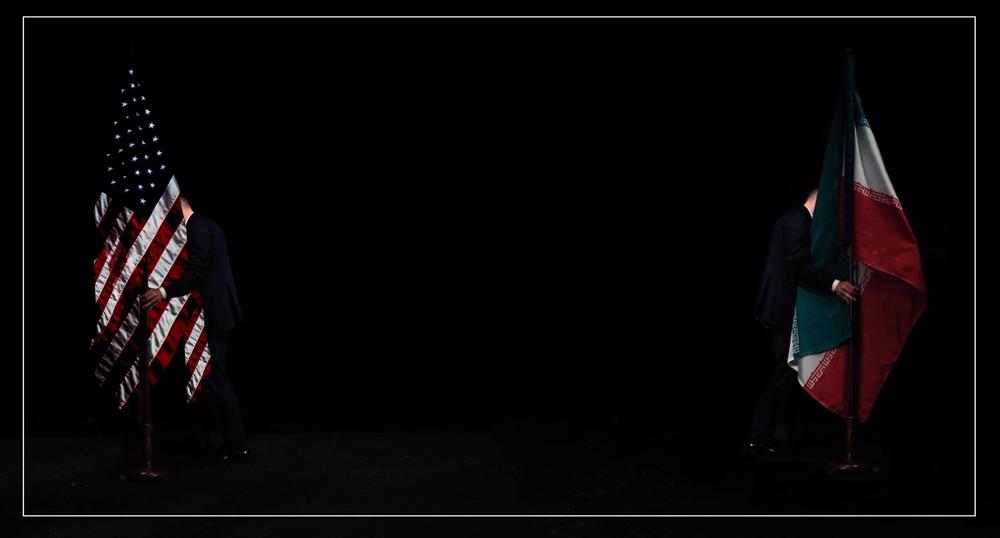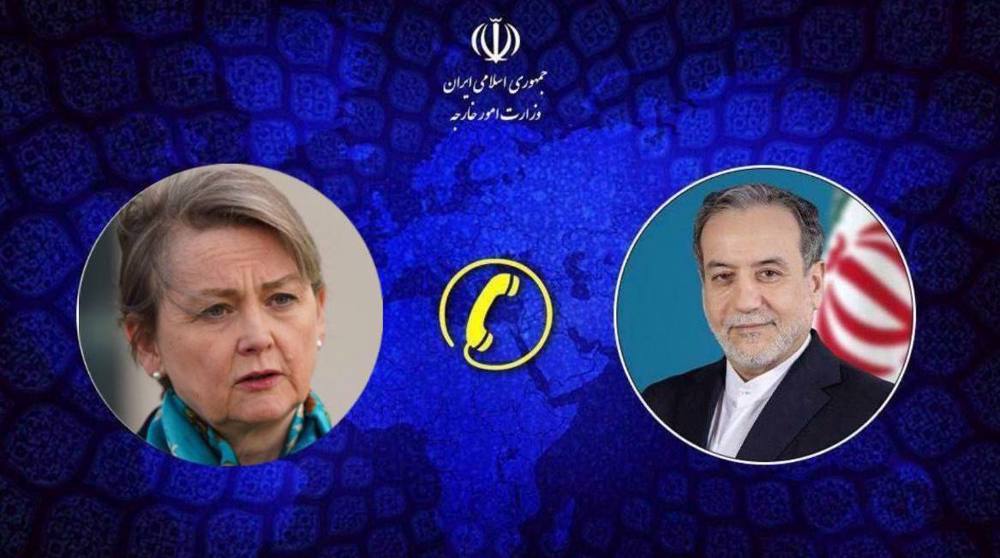Press TV’s investigative editorial: Birth and death of ‘a-step-for-a-step’ proposal
A flurry of diplomacy has recently been going on in Vienna, Geneva, Brussels, Paris, Berlin, Washington, New York, and Tehran, with an aim to end the deadlock over the United States’ return to the Iran nuclear deal.
The International Atomic Energy Agency has in the past week been at the center of a tug of war between Iran on the one side, and the United States and the European trio - consisting of France, Germany and the UK - on the other.
Despite the controversial deal between Tehran and the IAEA allowing the offline monitoring of its nuclear sites for up to three months - which even met opposition from Iranian lawmakers - the anti-Iran resolution tabled by the European signatories at the IAEA Board of Governors caused the Iranians to grow more distrustful of the Europeans’ goodwill and their efficacy as a mediator between Tehran and Washington.
Iran’s misgivings grew to a point that they prompted the country to imply to the European side that it preferred any probable exchanges of messages between Tehran and Washington to be conducted via the Swiss Embassy in Iran that handles US interests.
That means from Tehran’s viewpoint, the European parties and US President Joe Biden’s administration are basically the same, and that Europeans are even providing the new White House team with incorrect assessments and misleading consultations; hence, the preference for the Swiss Embassy.
Faced with Iran’s irrevocable position that the Board of Governors’ adoption of the resolution would be tantamount to the end of the three-month agreement with the IAEA, the Europeans had no option but to withdraw the anti-Iran draft resolution.
Press TV has learned that the Iranian side had earlier sent messages signaling the possibility of working out a ‘step-for-step’ proposal. As per the proposal, Tehran would take reciprocal steps if Washington would take steps such as releasing Iran’s frozen assets.
Based on information obtained by Press TV, the United States was not basically opposed to the idea. But it would not agree to releasing the funds before an unofficial or closed-door meeting with Iran. Rather, Washington preferred that the unfreezing of the assets be declared as the outcome of such a meeting.
Washington also disagreed with the amount of the Iranian assets that would have to be freed under the ‘step-for-step’ initiative, with the estimates ranging from $1 to $15 billion.
Press TV’s information suggests that the Iranian initiators were not certain that their proposal was consistent with the key policies of the Iranian establishment.
Once the inaccurate remarks by certain Iranian individuals on the issue were publicized and received widespread media coverage, the Europeans claimed they were withdrawing the draft resolution from the Board of Governors to help advance a ‘step-for-step’ proposal, and tried to sell it as a goodwill gesture.
Europeans who still confidently presume that they are advocating Iran’s nuclear deal, even argue that the removal of Iran oil sanctions, reimposed under former US president Donald Trump, is a difficult task that needs to be resolved through a US-Iran meeting. Not only that, they also play down Iran’s suspension of its uranium enrichment to 20-percent level as a minor step.
In line with their presumed intermediary role, Paris and Berlin launched an intense campaign to persuade Iran to give its consent to an unofficial meeting with the US. The intense lobbying, to which Brussels also contributed as Europe’s foreign policy headquarters, resulted in the formation of the proposal in Iran - an initiative that envisaged reciprocal phased steps between Iran and the US over several months.
The role played by certain lobbies within the new US administration in the formation of the initiative should not be overlooked. These Iranian-origin lobbyists tried to establish a liaison between Iran’s UN mission and the Biden administration’s special envoy for Iran. But they eventually came to the realization that the proposal was in fact being drafted in Tehran and through contacts with the Europeans.
Under the new proposal, which had basically the same flaws as the JCPOA or the Iran nuclear deal, the US would be obliged to a set of non-verifiable commitments as opposed to tangible verifiable commitments for Iran.
The amount of Tehran’s frozen assets that would be released under the proposal was totally disproportionate to the $1,000 billion in damages claimed by Iran over the US JCPOA withdrawal, as pointed out during Foreign Minister Mohammad Javad Zarif’s recent interview with Press TV.
The timing of the steps envisaged in the proposal was also bound to coincide with symbolic dates or holidays in Iran including the run-up to the Persian New Year, the National Day of Nuclear Technology as well as the election campaigns for the upcoming presidential polls.
The proposal would not only fail to culminate in a verifiable removal of sanctions but would also subject Iran to tougher, longer and riskier commitments through new negotiations.
A thorough evaluation revealed that the initiative had major flaws and was inconsistent with the establishment’s policies and strategies.
Press TV announced in an exclusive report last week that the ‘step-for-step’ proposal had been rejected because it was incompatible with the Iranian establishment’s key policies.
Our information suggests that the United States even reconsidered its earlier decision to agree to the release of $1 billion of Iran’s assets frozen in South Korea, when faced with Iran’s persistent demand that the sanctions had to be fully lifted.
We have learned through reliable sources that Iran will not enter any engagements on the basis of proposals that are inconsistent with the country’s declared policies and that the United States can only rely on initiatives that are compatible with the conditions set by the Leader of Islamic Revolution Ayatollah Seyyed Ali Khamenei, particularly during his speech on January 8, 2021.
Press TV has access to more detailed information but will not release them for now because the verification process is not yet complete.
VIDEO | Press TV's news headlines
Iran’s police chief vows to arrest every last terrorist
Nation delivered crushing response to enemy amid rallies: Pezeshkian
Iran warns of possible evacuation of it’s UK embassy over security failures
VIDEO | Iranians united in face of foreign plots
Iran reports improved Gini coefficient for year to March 2025
VIDEO | Pakistan condemns Israel’s recognition of Somaliland
VIDEO | Paintings of Palestinian teenager reflect war, displacement in Gaza










 This makes it easy to access the Press TV website
This makes it easy to access the Press TV website